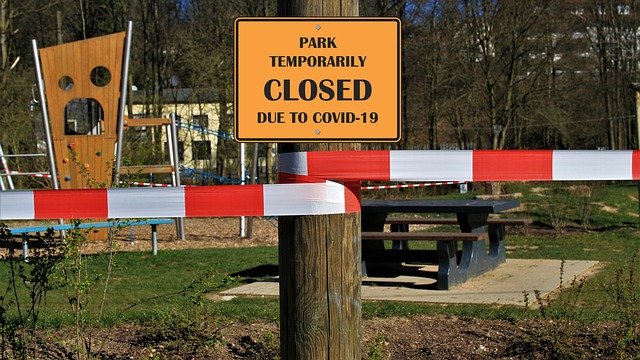warning: this post discusses emergencies and coronavirus
Public crises are scary, challenging, and unpredictable. As a student, avid traveler, and daughter of someone severely immunocompromised, the coronavirus (COVID-19) pandemic is a scary reality that I wasn’t expecting to experience ever in life. As a future public service leader currently working in local government, this experience serves as a unique lesson to learn how much public administrators are involved in emergency management. Emergency management is the coordination of resources and responsibilities to reduce the harmful effects of disasters, hazards, and crises. In times like these, the public relies on public administrators from varying fields and levels to provide accurate information and support as needed. So, in times of emergencies, what exactly do public administrators do?
Traditionally, emergency management encompasses four main categories: prevention, preparedness, response, and recovery. And public administrators are involved in every step along the way.
- Prevention: Prevention is the creation of deliberate steps and strategies to minimize damage. In thinking about any disaster, prevention is KEY! For example, let’s think about a beach town that is prone to hurricanes. Public administrators can establish building code that is intended to prevent damage from the winds of a hurricane. Requiring that all new buildings undergo this inspection will allow for less building damage in the community in the future and less money spent on repairs and cleanup.
- Preparedness: Preparedness is instituting measures designed to enhance awareness and response to crises. Preparedness is a necessary step after prevention. A good example of preparedness would be an in-school tornado or fire drill so that students are aware of the correct response during one of those crises. This can help minimize damage and harm to everyone involved.
- Response: Response is the coordination of resources to minimize the impact of crises. In the case of an emergency, responses are necessary to mitigate the crisis. Given the current pandemic, this is where I see public administration most at work. For example, the institution of travel bans, airport screenings, school closures, and online classes instead of in-person classes are all examples of public administration’s response to coronavirus. This is all an attempt to minimize the possible spread of the virus.
- Recovery: Recovery is the return of the community to normal or near-normal conditions. Even after the crisis is gone, there is still work to be done. Public administrators work towards “business as usual” by providing clean-up and support. An example of recovery is FEMA with home repairs and temporary housing assistance. This is how public administrators work to stabilize a community after a tragedy.
As we move through this time of concern and uncertainty with the coronavirus (COVID-19), we can rest assured that those who took the oath to serve the public are working hard to keep us as safe as possible now and will be prepared to support us as we begin to stabilize.
A special thank you to the public administrators, medical care providers, first responders, grocery store employees, and anyone else who continues working to make sure our communities have what they need as we go through this process together.


